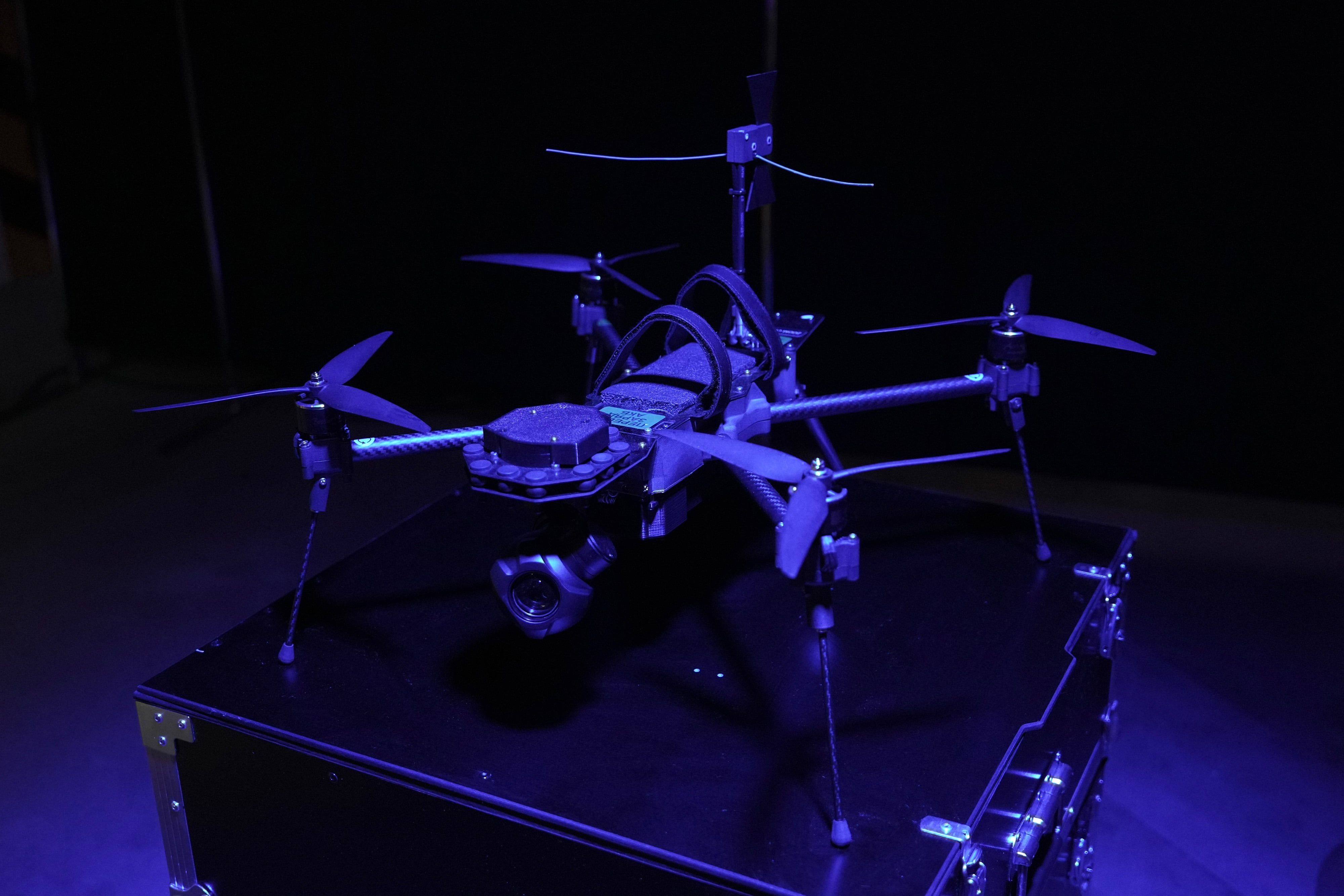A group of A-10C Thunderbolt II attack planes are deployed to Guam for training amid tensions between the U.S. and its regional rivals, China and North Korea, the Air Force said Wednesday.
The A-10s, also known as “Warthogs,” belong to the 23rd Air Expeditionary Wing at Moody Air Force Base, Georgia. The jets arrived at the U.S. territory on Oct. 23.
The service said their trip to Guam’s Andersen Air Force Base is part of a “routine dynamic force employment operation” — the practice of rotating units through overseas installations for training opportunities and to deter potential attacks in the region.
“The United States is committed to being ready to execute missions quickly in unpredictable ways,” the service said, adding that the Air Force can “rapidly respond” to adversaries’ moves from afar or in theater.
A-10s were a combat staple for attacking enemy tanks and ground positions in the Middle East for decades. Withdrawing U.S. forces from Afghanistan last year has allowed Warthog crews to focus instead on honing their tactics in the Pentagon’s other two top-priority regions, Europe and the Pacific.
At the same time, the Air Force is reimagining the role of its counterterrorism mainstay for a new kind of fight.
The Pentagon maintains a regular A-10 force in the Indo-Pacific at South Korea’s Osan Air Base, flown by the 25th Fighter Squadron. The region’s sole Warthog unit doesn’t boast the speed or stealth of fighter jets, but flies maritime security patrols and helps with search-and-rescue efforts in addition to its more conventional airstrike roles.
The loud jet equipped with a rapid-fire cannon can also send a message that the U.S. intends to protect its partner nations and keep international airspace and waterways open to all.
But almost 2,000 miles south of Osan — about as far apart as Colorado and Maine — Guam offers a more remote, realistic proving ground than what’s available in South Korea.
The 25th Fighter Squadron periodically visits Andersen to practice wartime skills, but appearances by the U.S.-based A-10 units are rare.
Moody’s 23rd Wing was designated as one of several new “lead wings,” a main unit in charge of a team of aircraft from different bases that train together in preparation for future deployments. The wing was on track to be certified as the Air Force’s first such organization over the summer.
The Air Force indicated the A-10 unit will lead in “Operation Iron Thunder,” a Pacific Air Forces exercise that will cobble together disparate aircraft and teach them to work together while separated by distance and electronically jammed communications.
That will likely include other Air Force assets like the B-1B Lancer bombers that arrived in Guam on Oct. 18, and international partners like the Royal Australian Air Force.
Air National Guard Warthogs made a similarly atypical trip to Europe in May to participate in two U.S. military exercises, held against the backdrop of Russia’s war in Ukraine. Those deployments can help in more ways than one.
“This is an A-10, but the procedures for calling in fires from an F-35, or an F-22, or a bomber or something else, will have quite a bit of overlap,” Daniel Norton, a military systems analyst with the federally funded think tank Rand Corp., previously told Air Force Times. “The training is valuable.”
Rachel Cohen is the editor of Air Force Times. She joined the publication as its senior reporter in March 2021. Her work has appeared in the Washington Post, the Frederick News-Post (Md.), Air and Space Forces Magazine, Inside Defense, Inside Health Policy and elsewhere.








